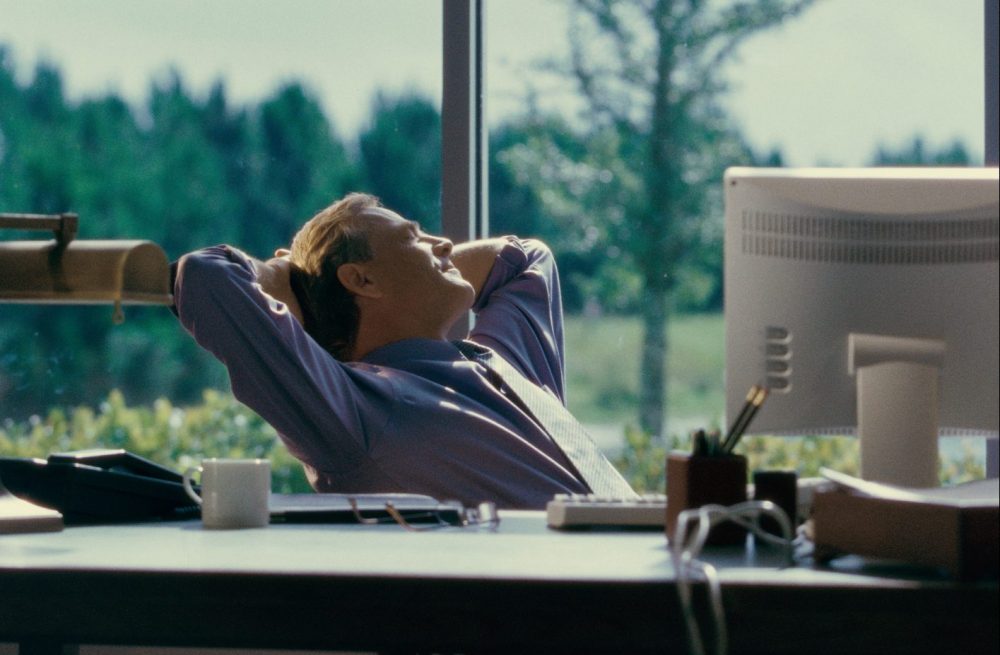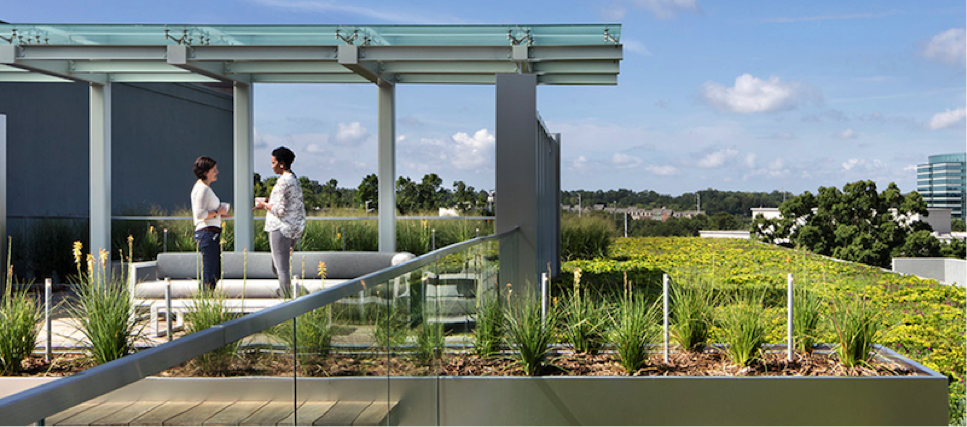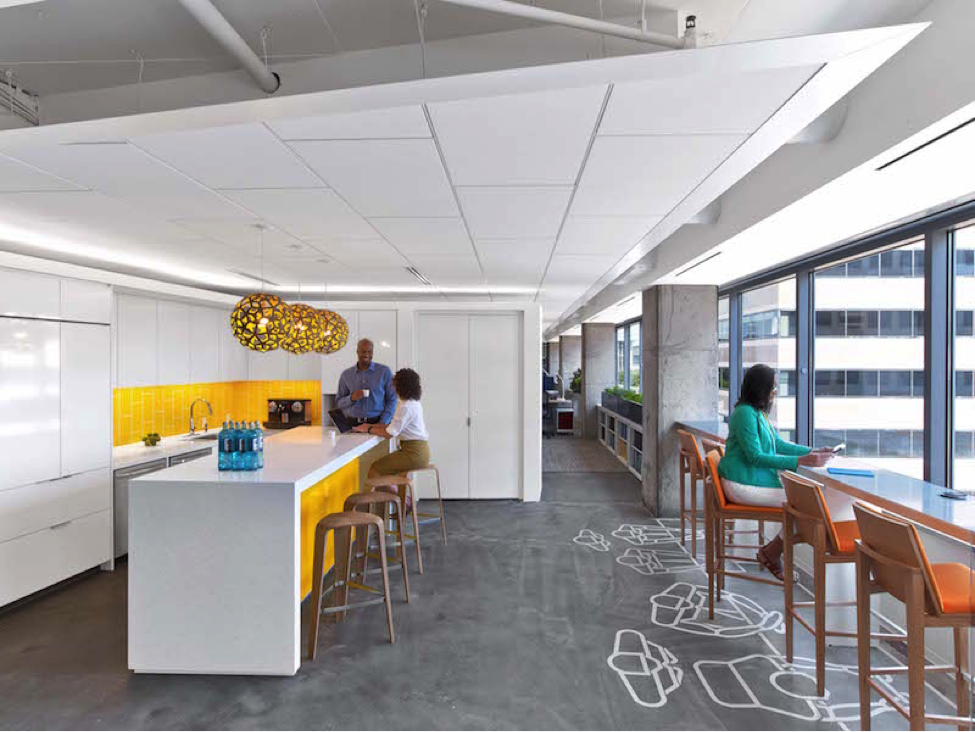Written by Zack Sterkenberg
View the original article here
Our world is getting greener by the day. As a global community, we are trying vigorously to recycle more, waste less, and become more efficient in everything that we do. Now, with the green building trend towards sustainability firmly in place, the WELL Building Standard is helping to spearhead the next big wave of change – making buildings healthier and greener for those of us who inhabit them.
The days of walking into uninspiring, lean-style working environments that carelessly hemorrhage energy and neglect facility performance with a blind eye are no more. Thanks to the growing popularity of WELL and the rising trend towards human health optimization, the architects and designers of today take care to mindfully consider your well-being and overall satisfaction.
The WELL Building Certification
At the most basic level, WELL is a building performance rating and certification system similar to LEED, but with a focus on human well-being and performance rather than environmental sustainability.
This performance-based system was constructed around seven core concepts to measure, certify, and monitor our working environments. These seven concepts lay the foundation for maximizing human health and wellness within the built environment.

The WELL Building Standard’s core concepts include:
- Air
- Water
- Nourishment
- Light
- Fitness
- Comfort
- Mind
Under each of these concepts is a more complex list of certification “features” or metrics. The list includes over 100 individual metrics that fall under the greater umbrella of the seven core concepts.
The WELL program was developed during the course of seven years of exhaustive research. The research looked intensely at the role of nature and nature-based architectural patterns on human physical and mental wellbeing.
The correlation between human wellbeing and nature is well documented in studies on biophilic design, but WELL is the first building standard to tie all of the research together into a cohesive program that focuses exclusively on the health and wellness of people.
Benefits of a WELL building
In 2013, the CBRE Global Corporate Headquarters in Los Angeles became the first commercial office space to achieve WELL Certification. Upon initial analysis of the pilot program, employees working in the Headquarters reported overwhelmingly positive outcomes.
- 83% felt more productive
- 92% reported a positive effect on health and wellbeing
- 94% claimed the space had a positive impact on business performance
- 93% reported easier collaboration

WELL v2
After seeing such great success from WELL v1, WELL introduced WELL v2 in 2018. Using the latest health data and user feedback, WELL v2 maintains the first four WELL concepts and expands the concept list to ten.
- Air
- Water
- Nourishment
- Light
- Movement
- Thermal Comfort
- Sound
- Materials
- Mind
- Community
Version two of WELL was built with the goal of accessibility. WELL wanted to put even more truth behind their mission of “[advancing] health buildings for all.” The new version aims to meet the needs of any type of building, as its dynamic nature allows for continuous advancement and change. V2 provides a much more adaptable scorecard than v1. The new concept provides the opportunity to build a unique scorecard with the features that are relevant to your building.
Why businesses are betting on WELL

To date, there have been over 2,000 WELL-certified projects registered across 52 countries. These projects represent over 391 million square feet in built space. These numbers continue to grow by the day. There are several reasons why WELL is making such expansive waves in the business world. The most significant is the impact that the initiative has on the overall health and productivity of the employees, a company’s largest and most important asset.
As an engine operating at peak performance helps to drives a car to victory in a race, a workforce that is happy, healthy, and efficient workforce leads to increased success and higher profits for the entire company. By constructing facilities that integrate green design elements, businesses can expect lower physiological stress, increased attention span, increased cognitive functioning, and improved employee well-being across the board.
In the same vein, by incorporating plants into the working environment, employees will have lower blood pressure, cleaner air to breathe, lowered risk of illness and an overall boost in wellbeing. WELL effectively leads to a more productive and creative workforce with lower absenteeism rates and lower healthcare costs. By definition, it’s a win-win situation for everyone involved.
This is great news for the employee. A company’s staff is the backbone of the business and is a major driver of overall success. This is why it makes absolute business sense to invest in them. This is the core mission of WELL: to make businesses more effective by making the employees more productive.



